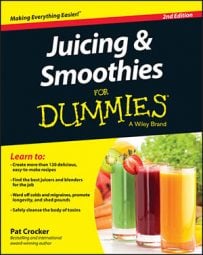Here is a list of the top ten juice and smoothie ingredients for boosting immunity that may be main ingredients or easily added to smoothies and juices.
Antioxidant black fruits
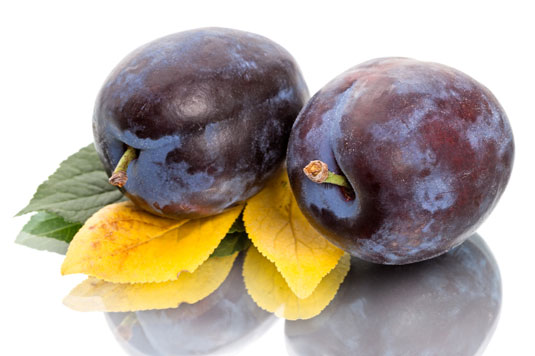
©iStockphoto.com/ra3rn
All antioxidants, especially black fruits, such as black plums and blackberries, are powerful tools that work to protect your cells from damage so that viruses can’t find an easy way to infect cells.
Cranberries for urinary tract protection
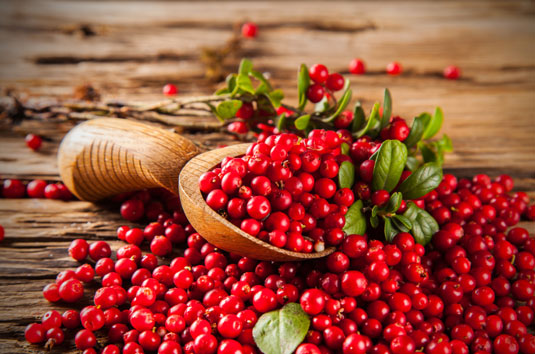
©iStockphoto.com/habovka
Researchers have found that cranberries (and other berries such as lingonberries) contain substances that keep bacteria from sticking to the walls of the urinary tract. Researchers aren’t certain whether antioxidants in the cranberries actually disarm or slime the hooks on the bacteria or if cranberries actually coat the urinary tract. Either way, with the intervention of cranberries, severely impaired bacteria can’t get a grip and infect the urinary tract.
Fresh, whole cranberries are available in the fall. You can find frozen whole berries at most supermarkets all year round. Use them with antioxidant fruits and vegetables in juice and smoothies around cold and flu season or at the change of the seasons.
Should you experience burning or bladder pain, take four to six glasses of cranberry juice immediately throughout the first day. See your healthcare provider if the symptoms persist.
Red and purple grapes
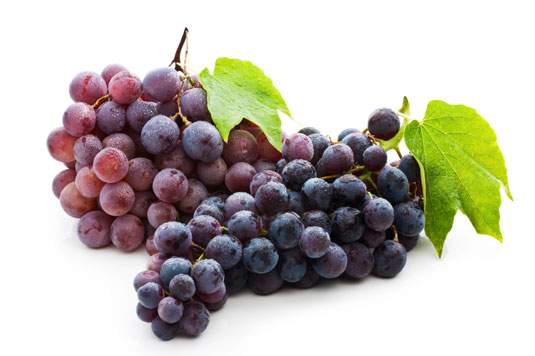
©iStockphoto.com/gzorgz
The immune-building and antioxidant protector in red and purple (also called Concord) grapes is resveratrol, which has been shown to have the ability to protect your body from radiation and your skin from skin cancer. As an anti-inflammatory, resveratrol is effective in helping blood to flow more easily through blood vessels, thus lowering the risk of heart disease. It also may lower blood sugar levels as much as 10 percent.
British researchers found that resveratrol increases blood flow to the brain, leading them to conclude that resveratrol may help speed mental responses. Swiss tests proved that resveratrol is able to clear plaques and free radicals from the brain, two critical substances linked to Alzheimer’s disease.
Due to the powerful antioxidant pigments in the skin of red and purple grapes, adding them whole to smoothies gives you an edge over juicing them and having the skins separated out.
Cruciferous vegetables
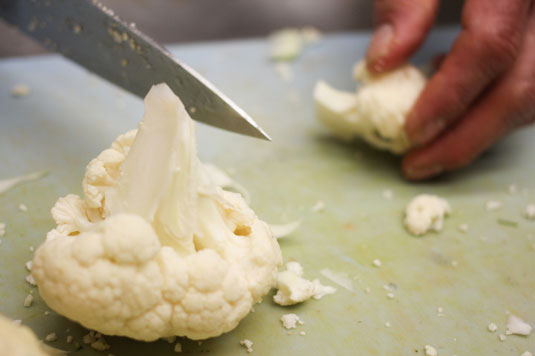
©iStockphoto.com/LanceDwight
Broccoli, cauliflower, kale, Brussels sprouts, bok choy, rutabaga, turnips, and cabbage are part of a family of vegetables called cruciferous because their tiny flowers form a cross. All are high in vitamins A, C, E and K, folate, and minerals. They’re powerful antioxidants and offer a good source of fiber.
In addition, cruciferous vegetables contain chemicals called glucosinolates, which give them their strong flavor and aroma. These substances have been found to inhibit the development of cancer by protecting cells from DNA damage and by helping to inactivate carcinogens. They have both antibacterial and anti-inflammatory effects, and they’re excellent antioxidants.
Shiitake mushrooms
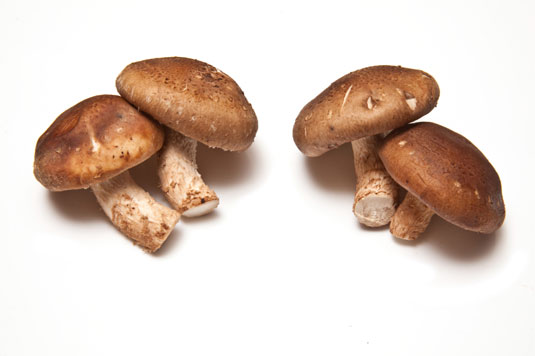
©iStockphoto.com/Edward Westmacott
Known as a symbol of longevity in Asia, shiitake mushrooms offer support to the immune system when needed. New studies have revealed their ability to protect against rheumatoid arthritis and also help protect heart health by lowering cholesterol and keeping blood vessels clear of proteins that block blood flow.
Based on laboratory animal research, results show anti-tumor activity, and most nutritionists believe that adding shiitake mushrooms to your diet will result in helping fight prostate, breast, and colon cancers. They’re rich in several B vitamins and vitamin D, selenium, zinc, and copper; their antioxidant activity is important to keeping cells, especially cardiovascular cells, healthy.
Tomatoes
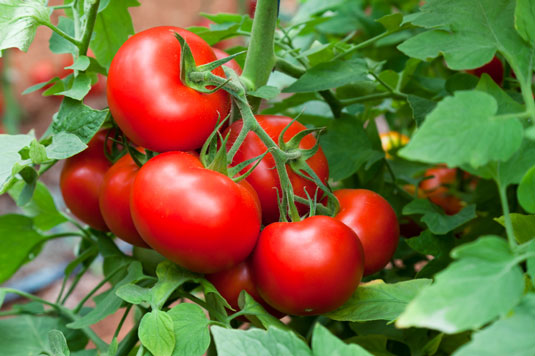
©iStockphoto.com/inanavci
Red-, orange-, and tangerine-colored tomatoes are high in lycopene, one of several antioxidants they contain. One of lycopene’s benefits is in boosting bone density and protecting against osteoporosis, especially in women. Fresh tomatoes have also been shown to help lower LDL (bad) cholesterol, and their excellent antioxidants, including lycopene, make them extremely important to heart health. Tomatoes are high in vitamin C and biotin and are a good source of vitamins A, E, and K, potassium, copper, manganese, and fiber.
Astragalus
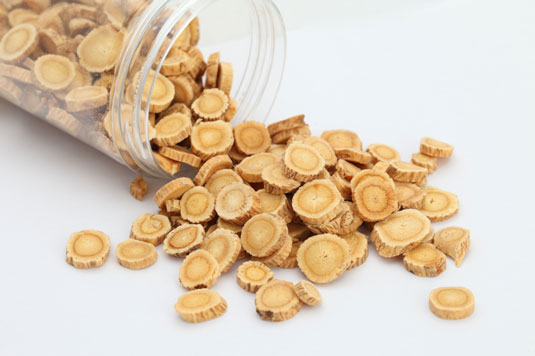
©iStockphoto.com/afumedia
Astragalus (Astragalus membranaceus) is a hardy plant that has been used in traditional Chinese medicine for thousands of years. According to the University of Maryland Medical Center, it may help protect the body from diseases, such as cancer, heart disease, and diabetes. It’s an adaptogen, meaning that it helps protect the body not only against diseases, but also against mental or emotional stress. In China, it’s used in soups and stews and is a favorite herb for the very young and the very old, but everyone can benefit from using it.
The antioxidants along with antibacterial and anti-inflammatory properties in astragalus support your immune system, preventing colds, flu, and upper respiratory infections; protecting the liver and kidneys; lowering cholesterol and blood pressure and protecting the heart; and helping to mitigate diabetes and also the negative effects of chemotherapy.
Burdock
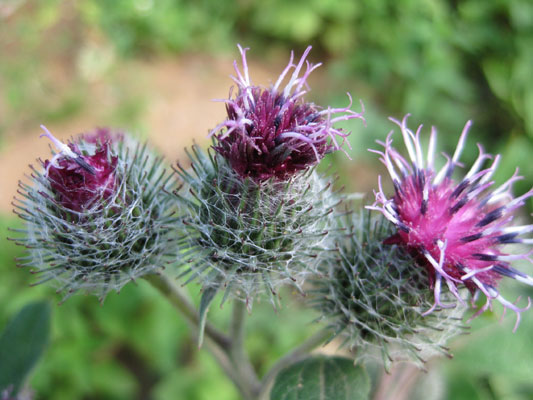
©iStockphoto.com/olenka222
Burdock (Arctium lappa) is a common plant — weed actually — that is now being cultivated for use as a medicinal herb. If you harvest the fresh root, you can use it raw in juices or smoothies because the taste is sweetly nutty. The fresh root may also be cooked and eaten as you would parsnips or carrots.
Its excellent antioxidant, anti-inflammatory, and antibacterial properties give burdock root the ability to protect against colds and flu and other respiratory conditions. Its antibacterial and antifungal sesquiterpene lactones inhibit the growth of bacteria and fungi, which helps prevent infection. Burdock has been used to help protect against some forms of cancer, and because the herb is a powerful immune booster, it may help your body fight off the human immunodeficiency virus (HIV). If you have HIV, its ability to cleanse the bloodstream and lymphatic system of toxins helps your body to prevent the progression of AIDS.
Cayenne pepper
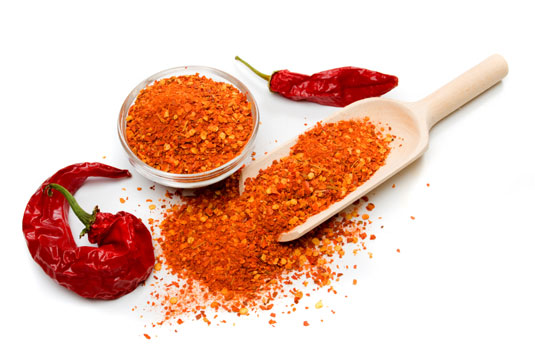
©iStockphoto.com/IgorDutina
Early studies on cayenne (also referred to as hot chilé) peppers (Capsicum annuum) show that they may prevent cancerous lung and liver tumors. Health professionals use their therapeutic properties for easing upset stomach, ulcers, sore throat, coughs, and diarrhea. They also have the ability to break up and move congested mucus, thus helping to speed cold and flu relief.
Cayenne pepper helps the body digest food, and it heats the body, causing it to sweat, which makes it effective as a good detox support and addition to cleansing drinks. High in vitamin A, it also contains vitamin E and B6 as well as iron, phosphorus, copper, and selenium.
Echinacea
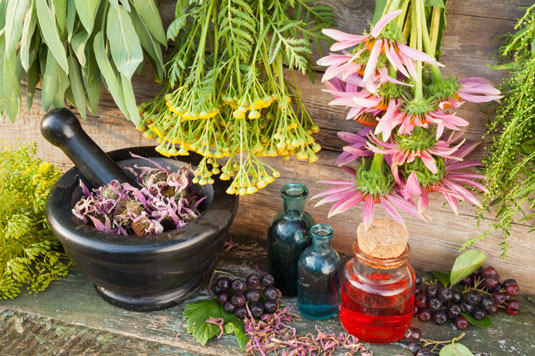
©iStockphoto.com/ChamilleWhite
Echinacea (Echinacea purpurea) is a powerful immune booster. It works by activating the body’s own immune cells and anti-inflammatory chemicals, which reduce cold and flu symptoms.
Available in tincture and pill form, to be optimized, echinacea must be taken when your body is at high risk of upper respiratory infection (plane travel, work stress, or exposure to people stricken with the cold or flu) or at the first symptoms of infection. It must be taken in sufficient doses and frequently throughout the first 24 hours so that the body can benefit from its stimulating properties.

